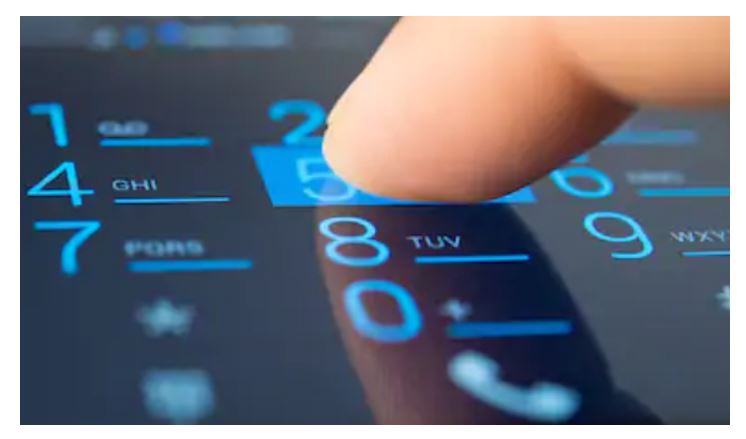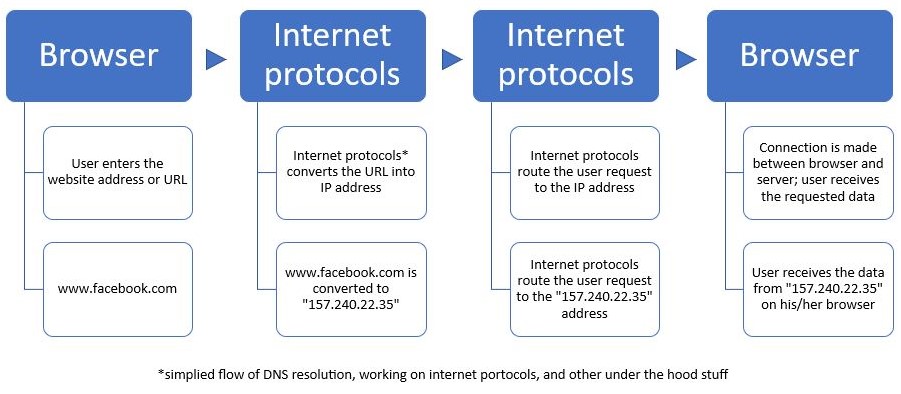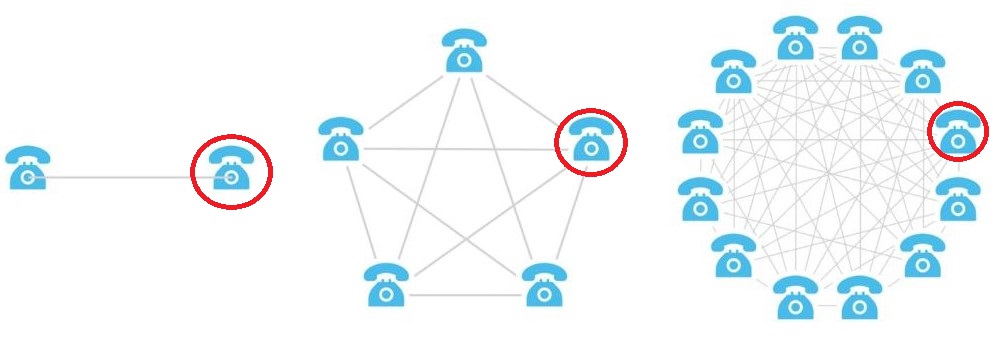
Problem Statement
The phone number system is stale. It has not been able to keep up with other digital/network systems we see today.
Let’s take an example of a website on the internet- Every website has a unique numeric address (called the IP address) attached to it but the users are not expected to remember the IP address to visit that website.
But I wonder why I need to remember my friend’s phone number or have it saved on my phone before calling him/her. Hence my point – the phone number system needs an upgrade.

In the above graphic, the user doesn’t need to know the “number” (called an IP address) of Facebook to open it in the browser. The user is able to access a website even if the website owner decides to change its IP address. In fact, the user is not even aware if the IP address of the website got changed.
Has it ever happened to you that you wanted to connect with an old acquaintance only to figure out that they have changed their phone number? But you can still search for that person on LinkedIn/Facebook/Twitter or any other social network. You can connect with that person via the internet, irrespective if they have changed their geography, phone, or phone number. Do you still think that the phone number system has kept pace with the advancements of the digital world?
Why does this problem exist?
The creators of the telephone number system did a fantastic job when they created this routing system. But it was not designed for the digital age, and software & compute were not available to get the fancy things done. In fact, there wasn’t any true software layer in the original design.
The phone number system has been in use since the 19th century, and although it has undergone incremental improvements, exponential improvements have not been seen in it primarily because everyone wanted to be a part of this routing network (the value derived from joining an existing network is greater than creating a new network). Hence, it has been accepted globally as the standard for routing phone calls.
Each country has its own phone number system, with national telecommunications authorities assigning phone numbers for routing calls within specific geographic regions. Due to the need for coordination across numerous organizations and countries, implementing a global change to the phone number system becomes challenging.
While the phone number system is not optimized for the digital age, it is still relevant and functional.
Can we expect an upgrade to the ‘phone number’ system in the near future?
Changing user behavior at this massive scale is very tough but not impossible. It will take an exponentially better system/product/service to get the users to move away from the current phone number system. In this case, phone numbers are ingrained in our lives and it makes migration a massive challenge.

If we had to design the phone number system today from scratch, we might not even think about it as a “number” system. As an example, a normal user doesn’t think of a website as an IP address. But we do not have the luxury to design the phone number system from scratch, it has to be improved from its current state.
The actual phone numbers are not going away any time soon. In fact, it is important to have an ID (aka number) assigned to a device in a network to authenticate, identify, and route the messages/calls in the network. Most of the innovations in mobile phone communication will happen on the software layer which will move the user away from the actual phone numbers (without replacing the phone numbers). This will make the actual phone numbers irrelevant to normal users as the users get engaged with the software layer.
Is there money to be made?
Building a network from scratch is tough. Moving users away from one established network to another new network is even tougher. But it will be a winner takes all market at the software layer, making it a lucrative space with billions of daily transactions/connections. I hope to see great solutions in this space soon.
Disclaimer:https://vinaysachdeva.com/disclaimer/. The opinions expressed in the blog post are my own and do not reflect the view(s) of my employer.